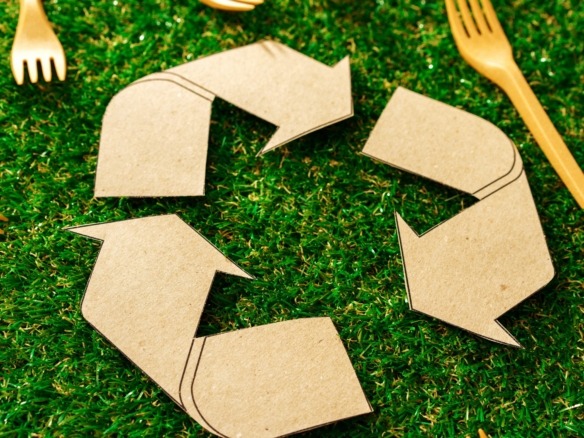It is fair to say that MDF has revolutionised many areas of carpentry and DIY, and at the same time it has polarised opinions. Advocates say that it is the best thing ever, with all the advantages of wood and none of the disadvantages, as it is easy to work with and far cheaper than natural alternatives. Others say that cheap means poor quality and that it will soak up water.
One thing is for sure, it is gaining traction in many areas of DIY. Initially designed with furniture construction in mind, it is now the material of choice for skirtings, kitchen mouldings, bathrooms and practically anywhere else that you would traditionally use wood.
What is MDF?
MDF stands for medium density fibreboard. As the name suggests, it consists of wood fibres that are mixed together and pressed using a resin and wax. The density part refers to the sizes of the particles. MDF is placed between light density board, which is known as particle board, and high density, or hardboard.
Particle board is far weaker than MDF and can easily snap. Hardboard has strength, but is heavy and expensive. MDF falls into the golden middle.
Advantages of MDF
In general, people compare MDF to solid wood, so let’s take a look at some of the advantages it has over its nearest rival:
1) It is cheaper. Being inexpensive to make, manufacturers can pass the savings onto the seller.
2) It is eco-friendly. MDF is made from recycled wood, so is a more environmentally sound choice than wood.
3) It is smooth. MDF does not have the knots that you find in natural wood, making it easy to work with.
4) It is simple to paint – with solid wood, you can have a problem getting some colours to take. Not an issue with MDF.
5) It is more stable. It will not expand and contract with changes in temperature the way wood does.
6) It can be veneered. Attaching veneer to MDF can make it look like any type of hardwood.
Toxic chemicals?
Despite the obvious advantages of MDF, some people are still reluctant to use it, and this is almost always because they have heard or read something about MDF releasing toxic chemicals into the atmosphere.
This is a classic case of a little knowledge being a dangerous thing. A chemical called formaldehyde is used in the construction of MDF and there have been studies that link formaldehyde with cancer. These two facts can lead to people drawing the false conclusion that MDF is somehow carcinogenic.
There are two points that you need to bear in mind here. The first is that there are strict regulations about how much formaldehyde can actually be used in the production of MDF. The second fact is that any gas release from the finished product occurs during construction, so by the time it has reached your home, this is really not an issue, particularly when you bear in mind that finished products have a coating of primer or veneer.




